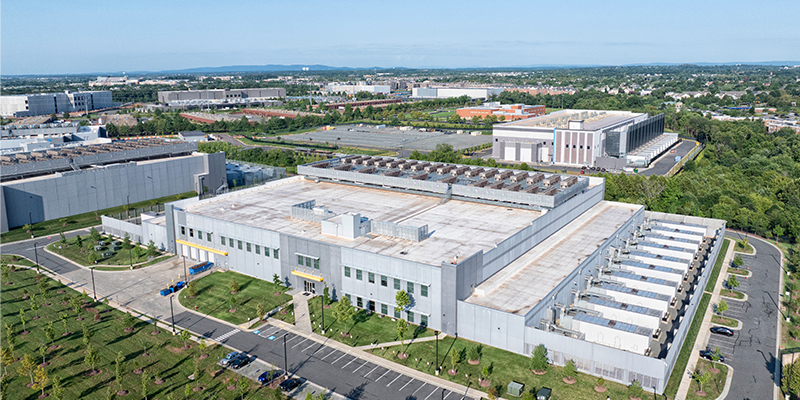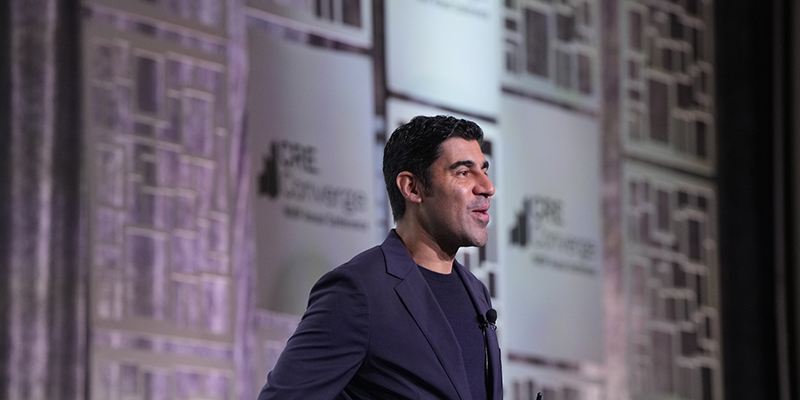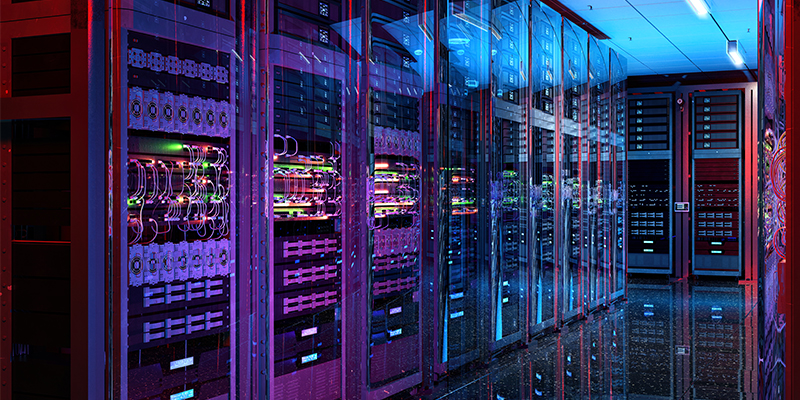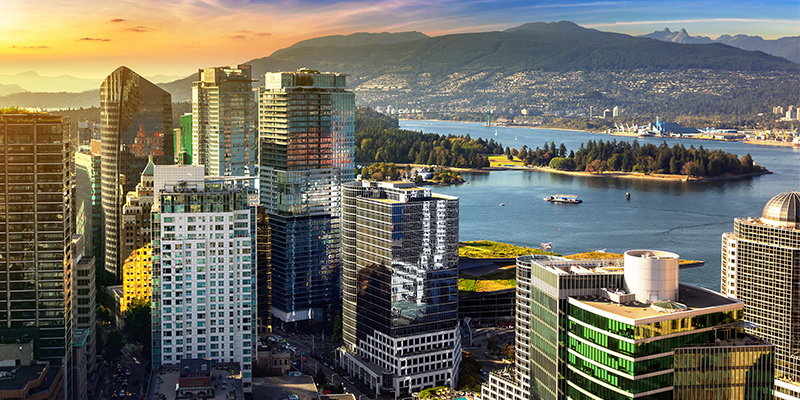By Andrea Yu
Since the first wave of the data center boom in the early 2010s, when fiber optic technology separated from copper and could carry large amounts of data, this evolving sector of commercial real estate has become an area of major focus today, especially when it comes to building with sustainability in mind. Here are four insights from a recent CRE.Converge 2025 panel in Toronto about how sustainability is changing the data center boom.
- Liquid cooling will open up more possibilities for what data centers can look like.
Data centers require quick and efficient cooling systems. Previously, facilities were air-cooled, according to David Sassano, a principal and regional practice director, mission critical at HKS, a global architecture firm. That meant data centers were typically built to be boxy with high ceilings. But using liquid cooling eliminates this design requirement. “If I can move the heat around with a liquid, it opens the door to a lot of different building types,” Sassano said. Liquid cooling is a closed-loop system, meaning that it doesn’t require high water use and is sustainable.
However, Sassano said that this newer technology has a slower rate of adoption. “The challenge is that not everybody’s ready to say, ‘I need 100% liquid-cooled’,’” Sassano explained. “There will always need to be some air movement, but liquid-cooled opens up a lot of physical possibilities for where the servers are located.”
- Data centers could occupy underutilized spaces like dead strip malls and vacant office properties.
Typically, data centers have been built in rural areas, according to panel moderator Iain Macdonald, an architect and principal with the HKS Laboratory for Intensive Exploration. But because liquid cooling allows data centers to exist in more diverse types of buildings, panelist Tommy Zakrzewski, Ph.D., a principal and director of building engineering physics at HKS, said he believes it opens the door for data centers in “grey fields.”
“They’re the underutilized properties: our dead malls, our strip malls, our vacant office properties,” he explained. “The reuse of that shell and structure make a huge impact. It’s an avoided expenditure of carbon because we’re not extracting virgin materials. If you’ve got power, you’ve got a great opportunity to reposition an existing, underutilized asset into a revenue-generating source.” - More “nodes” could mean smaller-scale data centers in mixed-use developments.
Sassano said that in addition to massive “hyperscale” data centers, the next phase of the data center boom will see smaller “nodes” emerge closer to where end users are located. “There is going to be a need for an enormous number of smaller nodes in this network for the whole thing to work,” he explained, adding that there will be a lot more freedom and flexibility in the kinds of spaces that can be used to fill in these smaller nodes of the grid. There’s a lot of room for creativity and opportunity.
Since the power needs are lower for nodes, also known as “edge” data centers, they could become part of a mixed-use development, according to Macdonald. “Rather than the coffee shop on the ground floor of a building, we could put an edge data center there,” he said. “You’re providing a vital enabler to all activities that take place there.” - As heat generation increases, it becomes a usable byproduct.
With the advent of artificial intelligence, data centers are now generating higher temperatures. While this could be viewed as a bigger problem for cooling, Sassano sees an opportunity. “I think the next phase of this is to have heat that is actually hot enough to be useful.” Macdonald said that data centers could be co-located alongside an operation that needs heat for its activities. “You can push some of that heat to your other tenants,” he explains. “You can reuse some of it for steam or for other industrial uses.”
International markets, like Europe and Asia, are leading the way in data center heat diversion. “In certain parts of Europe and Asia, you can’t just emit hot air into the environment,” explained Macdonald. “You have to capture heat. Waste heat has to be recycled into district heating or into offices. This move towards a more inherent sustainability is good.”
As data centers evolve into more sustainable, adaptable, and integrated parts of the built environment, they’re not just supporting digital infrastructure – they’re reshaping commercial real estate opportunities for the next decade.

This post is brought to you by JLL, the social media and conference blog sponsor of NAIOP’s CRE.Converge 2025. Learn more about JLL at www.us.jll.com or www.jll.ca.







